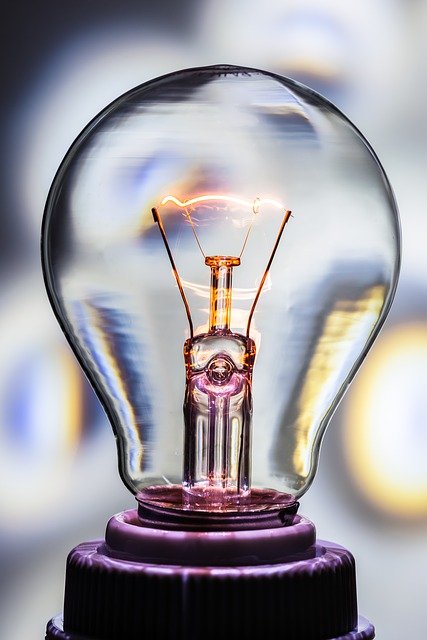 On 27 April, occupational hygienist Martin Jennings presented a paper entitled ‘The effect of visible light on human health and implications for the work environment’ at the 10th IOHA International Scientific Conference in London. He was among a host of distinguished speakers presenting at this global gathering of the world’s experts in occupational hygiene and worker health protection, at this prestigious event which was hosted by BOHS, the Chartered Society for Worker Health Protection.
On 27 April, occupational hygienist Martin Jennings presented a paper entitled ‘The effect of visible light on human health and implications for the work environment’ at the 10th IOHA International Scientific Conference in London. He was among a host of distinguished speakers presenting at this global gathering of the world’s experts in occupational hygiene and worker health protection, at this prestigious event which was hosted by BOHS, the Chartered Society for Worker Health Protection.
![Martin Jennings[2].GIF](data:image/svg+xml;base64,PHN2ZyB4bWxucz0iaHR0cDovL3d3dy53My5vcmcvMjAwMC9zdmciIHdpZHRoPSIyMDEiIGhlaWdodD0iMzAyIiB2aWV3Qm94PSIwIDAgMjAxIDMwMiI+PHJlY3Qgd2lkdGg9IjEwMCUiIGhlaWdodD0iMTAwJSIgc3R5bGU9ImZpbGw6I2NmZDRkYjtmaWxsLW9wYWNpdHk6IDAuMTsiLz48L3N2Zz4=)
Martin Jennings
The paper provided new evidence that exposure to certain types of the most common artificial lighting, including computer and TV screens, during night time hours and night shifts could be putting our health at risk of serious diseases such as cancer, diabetes and even obesity.
It seems the basis of these health effects can best be explained by looking at the eye itself. The retina in the eye has in the past been considered to contain two sets of photoreceptor cells, the rods and the cones, which provide the human eye’s response to light. In addition, it has long been understood that melatonin, an endocrine hormone, is secreted by the pineal gland in the brain, in accordance with the day-night cycle and controls the body’s circadian or 24-hour rhythms.
The latest research now shows that there is a third set of photoreceptors in the eye, known as the intrinsically photosensitive retinal ganglion cells (ipRGCs). Research has shown that these cells are sensitive to blue-rich light and this in turn is linked to the suppression of melatonin in the body. It is the effect of blue light on the body which seems to be the critical issue where neuroendocrine health is concerned. Blue light is essentially the colour of daylight, mirroring the tones of the sky, and it is argued that this is why its effect on the body is so powerful.
In today’s 24-hour world, shiftwork is common and the use of the electronic devices at night time even more so. Shiftworkers are being exposed to more blue light and this is being linked to increased cases of breast cancer, obesity and diabetes.
However, light doesn’t only affect shiftworkers’ health; the lack of light affects many ordinary office workers too. This is where architects have to important role to play in designing office spaces. In order to increase light into an office, one simple design solution would be to make sure the workstations are within 20 to 25 feet of the peripheral walls containing the windows.
In relation to reducing exposure to blue light, developments in technology are leading the way. Dr. Martin Moore-Ede, a health expert on shiftwork, has offered one possible solution in the form of special spectacles which can filter out a narrow band of blue-rich light. These glasses are now commercially available and in use by some shiftworkers in North America.
Martin Jennings concludes “In future, we might see health measures for workers and others designed on the basis of the wavelength of light received and its ability to influence the circadian system. For example, it is likely that fluorescent lights used during the day, in workplaces or elsewhere, will be designed to emit cool-white tones which tend towards the blue end of the spectrum whereas lights used at night will be designed to emit warm-white tones which tend towards the red end of the spectrum.
It is overall exposure to light which is important. We need new tools and a different understanding of the lit and the unlit or dark environment to protect the health of workers and the public in general and to take account of the available research about visible light and its effects on the body.”
What makes us susceptible to burnout?
In this episode of the Safety & Health Podcast, ‘Burnout, stress and being human’, Heather Beach is joined by Stacy Thomson to discuss burnout, perfectionism and how to deal with burnout as an individual, as management and as an organisation.
We provide an insight on how to tackle burnout and why mental health is such a taboo subject, particularly in the workplace.


![Martin Jennings[2].GIF](https://s32891.pcdn.co/wp-content/uploads/2015/05/Martin-Jennings2.jpg)

Nice article but did not explain how artificial can cause obesity and diabetes